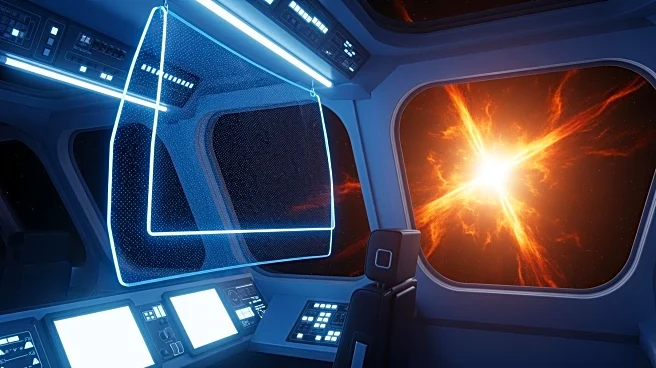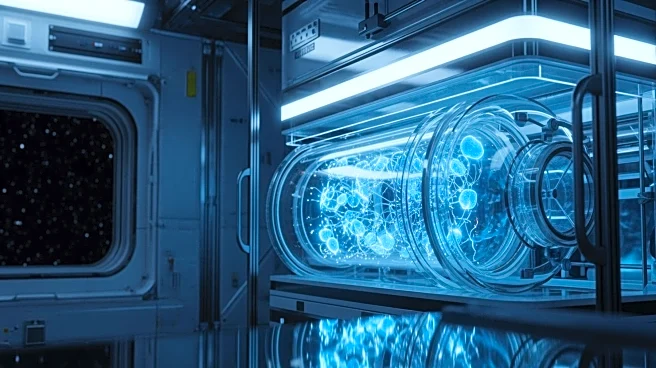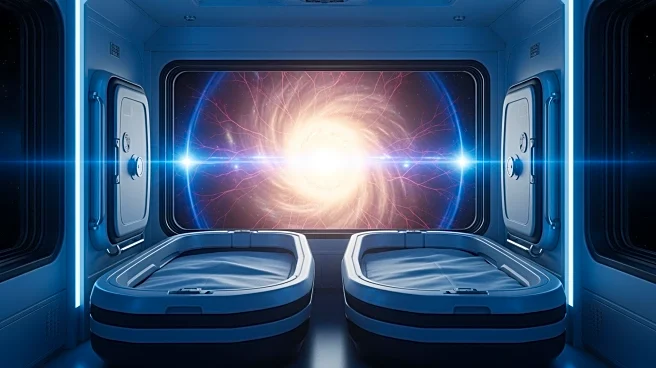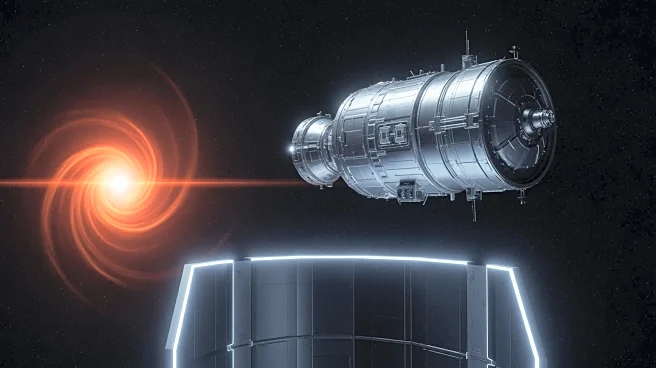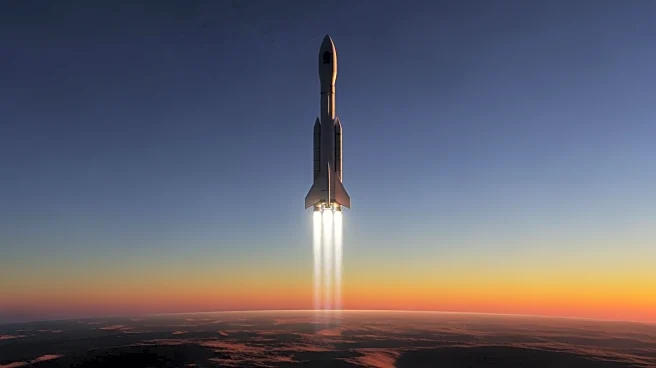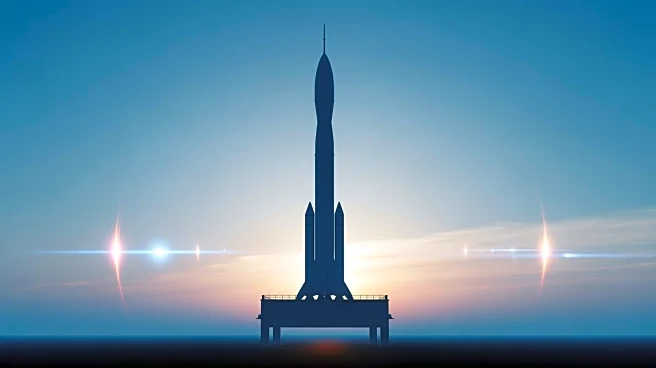What's Happening?
Astronauts aboard the International Space Station (ISS) have taken precautions against radiation exposure due to recent solar storms. Coronal mass ejections from sunspot group AR4274 have released charged
particles towards Earth, creating auroras but also posing significant radiation risks to astronauts. The ISS crew has adjusted their sleeping arrangements to minimize exposure, with Russian cosmonauts relocating to more shielded parts of the station.
Why It's Important?
The solar storm highlights the challenges of space exploration, particularly the risks posed by space weather. Radiation exposure can have long-term health consequences for astronauts, making it crucial for space agencies to monitor solar activity and implement safety protocols. As missions extend beyond Earth's atmosphere, understanding and preparing for solar storms becomes increasingly important for astronaut safety.
What's Next?
Space agencies will continue to monitor solar activity and provide updates to the ISS crew. The current solar cycle is expected to produce more frequent and intense solar storms, necessitating ongoing vigilance and preparedness. Future space missions, including lunar and Martian expeditions, will need to factor in the risks of solar storms in their planning and safety measures.
Beyond the Headlines
The auroras created by solar storms are a reminder of the beauty and danger of space weather. While they offer a visual spectacle on Earth, they represent a significant threat to astronauts in space. The balance between appreciating the natural phenomenon and ensuring safety in space exploration is a key consideration for future missions.


